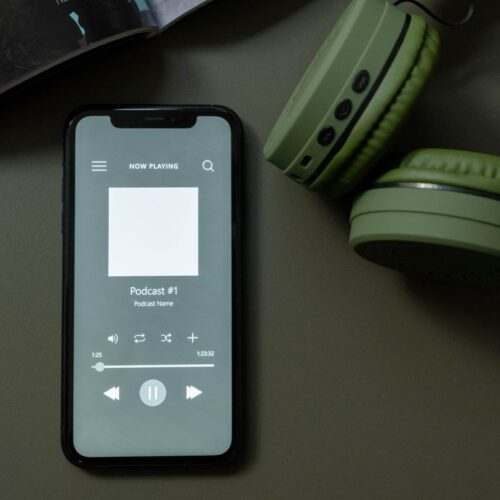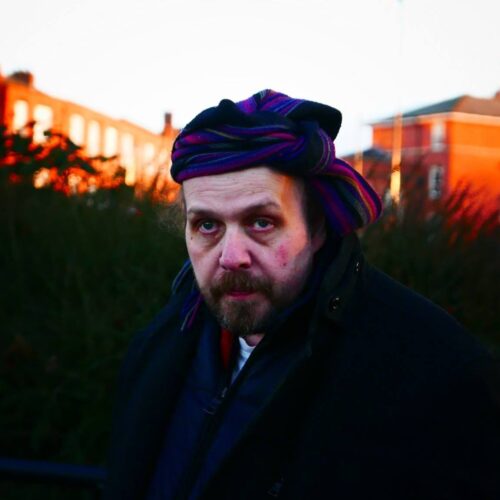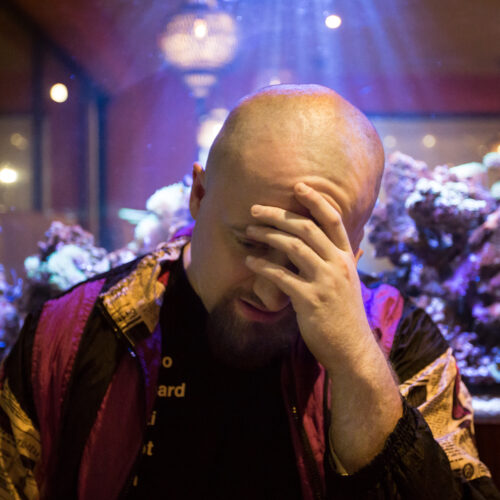
Spellspheres: Part 1
I recently had a piece of mine broadcast on Radio 3 for the first time, which was very exciting! (It’s about 14 minutes in https://www.bbc.co.uk/programmes/m0006t8y)
The piece is called Tense Spellsphere, and I thought I would use this blog as an introduction to Spellspheres; a large series of small works I started writing in early 2019. In future blog posts, I will discuss specific works in detail, but for now I am going to discuss the overall series and what I am hoping to achieve.
I love music that deals with repetition in some way, and whilst I could cite many composers who repeat and reuse musical material, I have recently found myself attracted specifically to the work of Bryn Harrison https://www.youtube.com/watch?v=M6sdJYhaSBQ. For those unfamiliar with contemporary music, it might take a while to decode the score but if we examine the first page (which starts at 0:10) you will see ’16 bars’ written in the top right hand corner. On this page, each instrument (or group of instruments) contains 4 bars of material; these are repeated in different formats until a duration of 16 bars is reached. For example, the bass clarinet and guitar parts contain a single bar that is not repeated, followed by two bars which are repeated seven times, followed by a single bar that is not repeated; 1 + (7×2) + 1 = 16 bars. In my opinion, the result is absolutely beautiful; the material is repetitive, but (because each instrument or group of instruments has its own pattern of repeats) no two bars are ever identical. The ingenuous construction means that, despite the complexity of superimposed parts, all performers reach the end of the page at the same time.
This balance between stasis and motion is a feature of the music of other composers, too. Appearing first in French music of the 13th century and later in the music of 20th century composer Olivier Messiaen, isorhythms are a technique that blew my mind when I learned about them as an undergraduate student! In order to create an isorhythm, you select a number of pitches and a different number of durations e.g. five pitches, three durations (as shown below). You cycle through the pitches and durations, in order.

In the above isorhythm, you can see how the cycle of five pitches and three durations requires a total of 15 notes before the entire isorhythm repeats (because 5 x 3 = 15).
Messiaen famously uses isorhythms in the first movement of his piece Quartet for the End of Time. The piano part is particularly complex; a pattern of 17 durations is combined with a pattern of 29 chords (resulting in an isorhythm of length 493!!) The isorhythm is so long, the piece ends before the isorhythm is completed
In my Spellspheres pieces, I wanted to use isorhythms in a different way. Firstly, just as Harrison ensures that at each page all the maths ‘adds up’ (that is, in the first page, each part is 16 bars long) I wanted to ensure, unlike Messiaen, that my isorhythms all ended as the piece ends – all of my maths should ‘add up’ too. Secondly, rather than limiting myself to just pitch and rhythm, I have decided the isorhythms I use can apply to any musical parameter (pitch, rhythm, structure, timbre, gesture… anything!)
I invented the word Spellsphere to help explain the process. The word ‘spell’ has multiple meanings:
- Order (as in, the order of letters in a word)
- Time (as in, a short duration)
- Magic
The aim is, I suppose, to create magical little pieces where order and time are important features (as is the case with isorhythms). Because the music is cyclical in nature, constructed by superimposing multiple circular patterns, I imagined one could describe the pieces as spherical (after all, a sphere is a circle in three dimensions). Hence, the word Spellsphere felt appropriate!
I have written a few Spellspheres so far, with many more in the pipeline, and will be writing about specific pieces in future blog posts.
|
|






